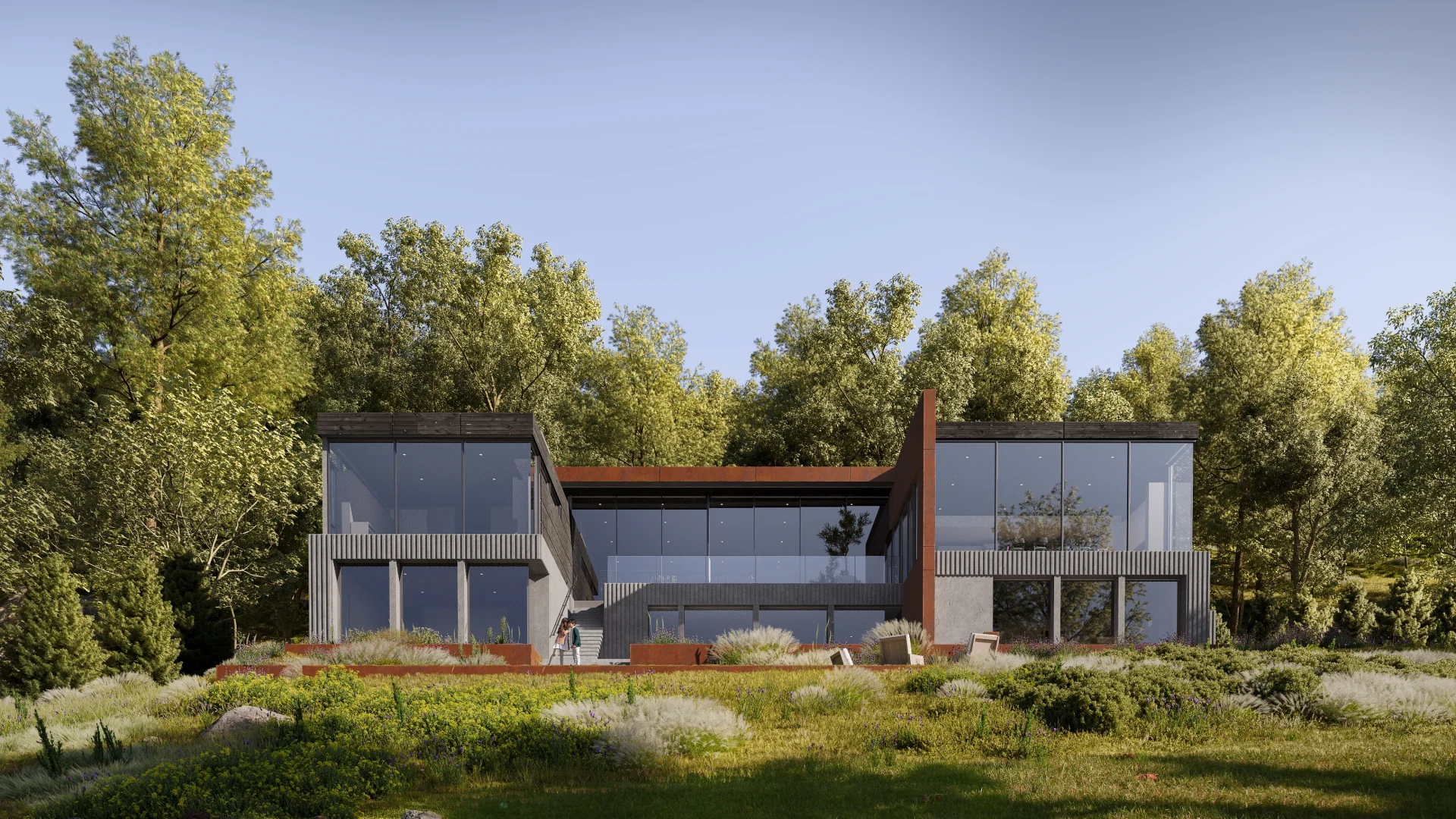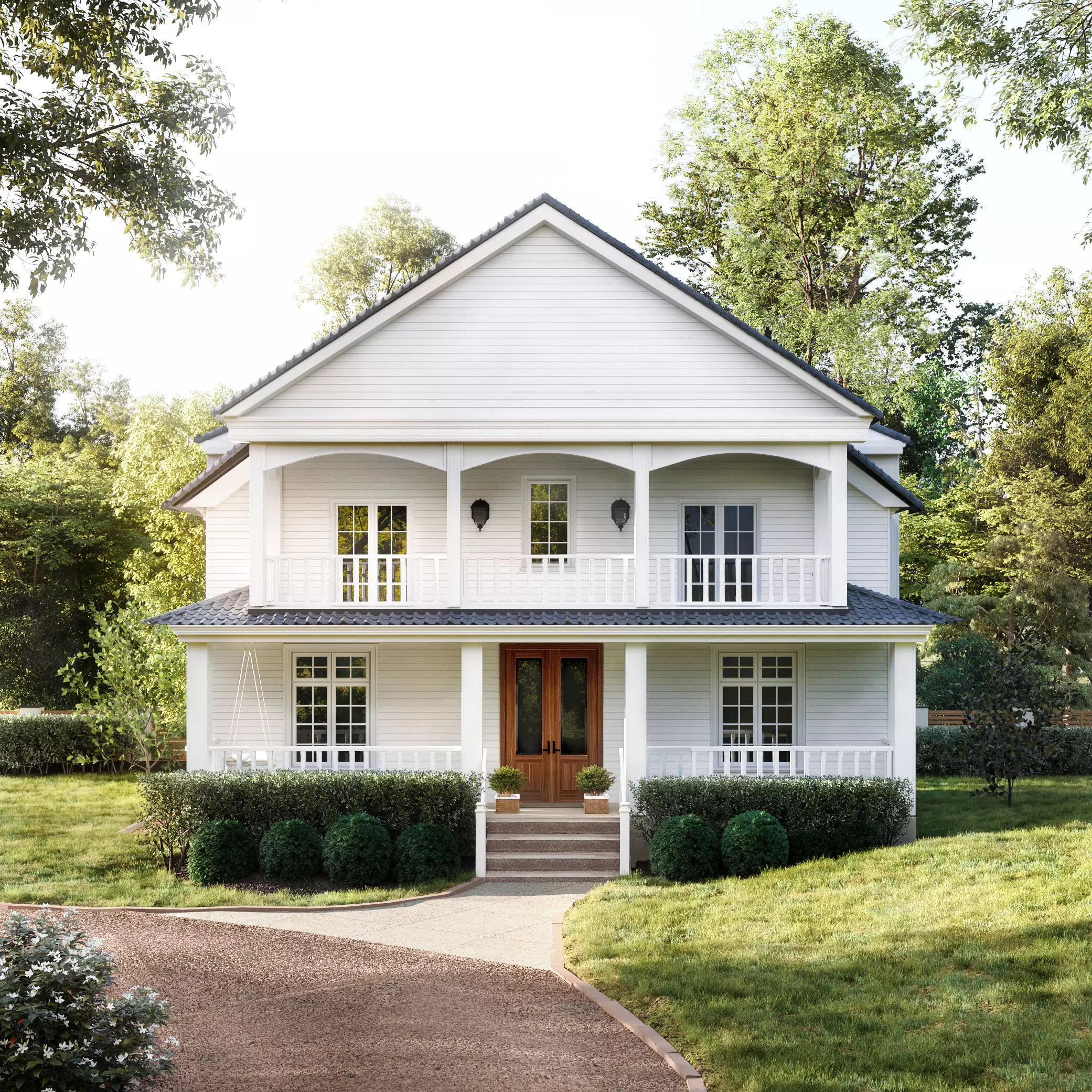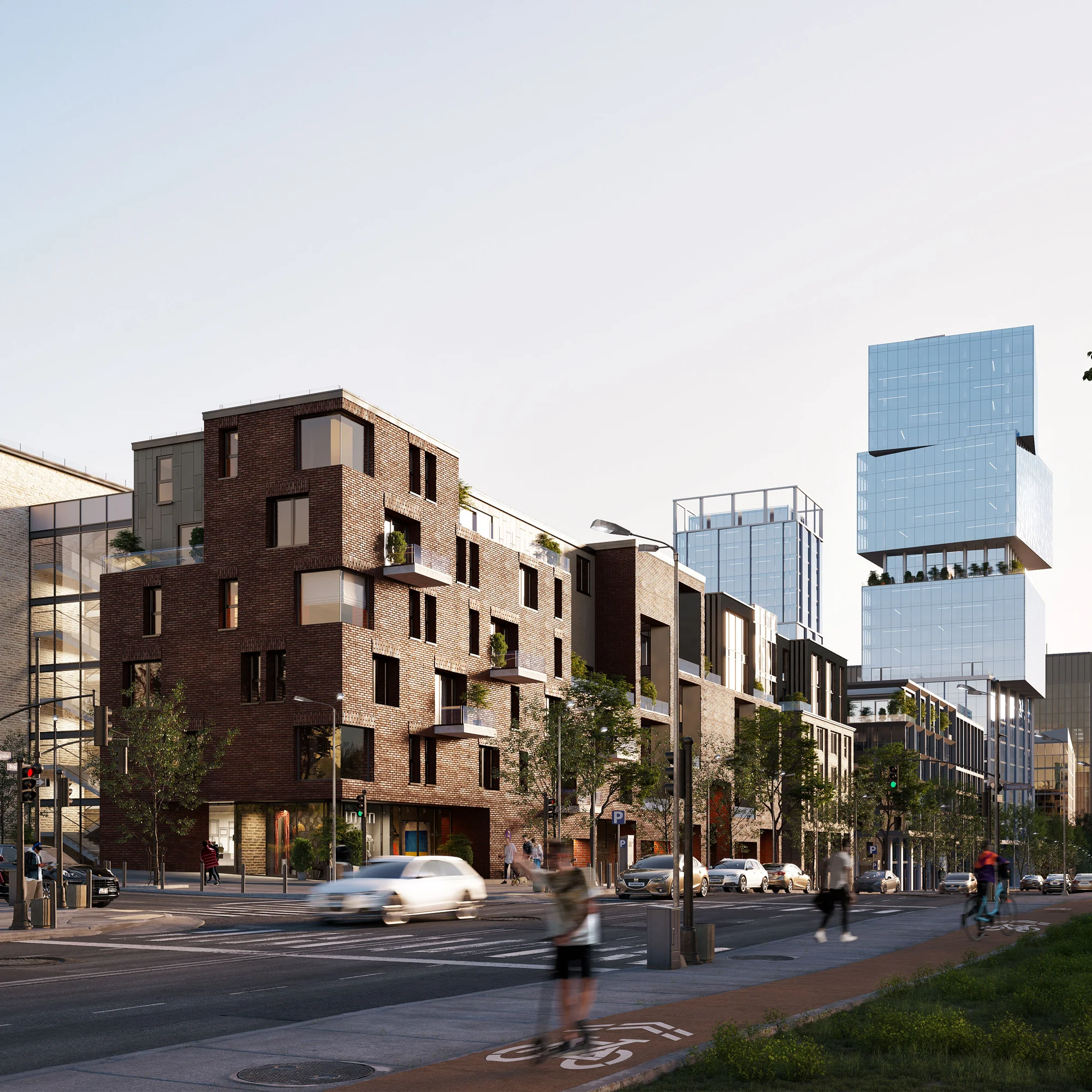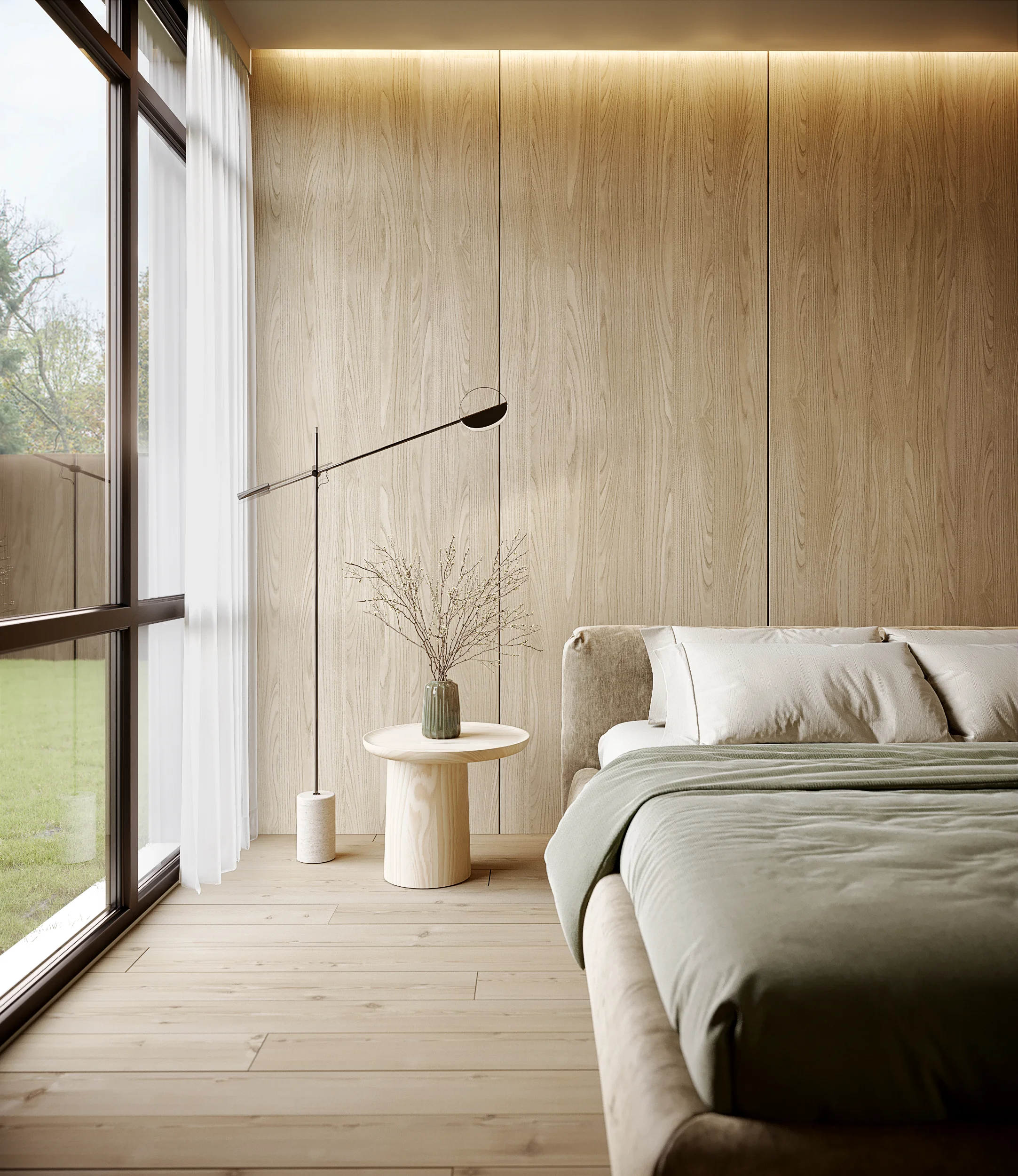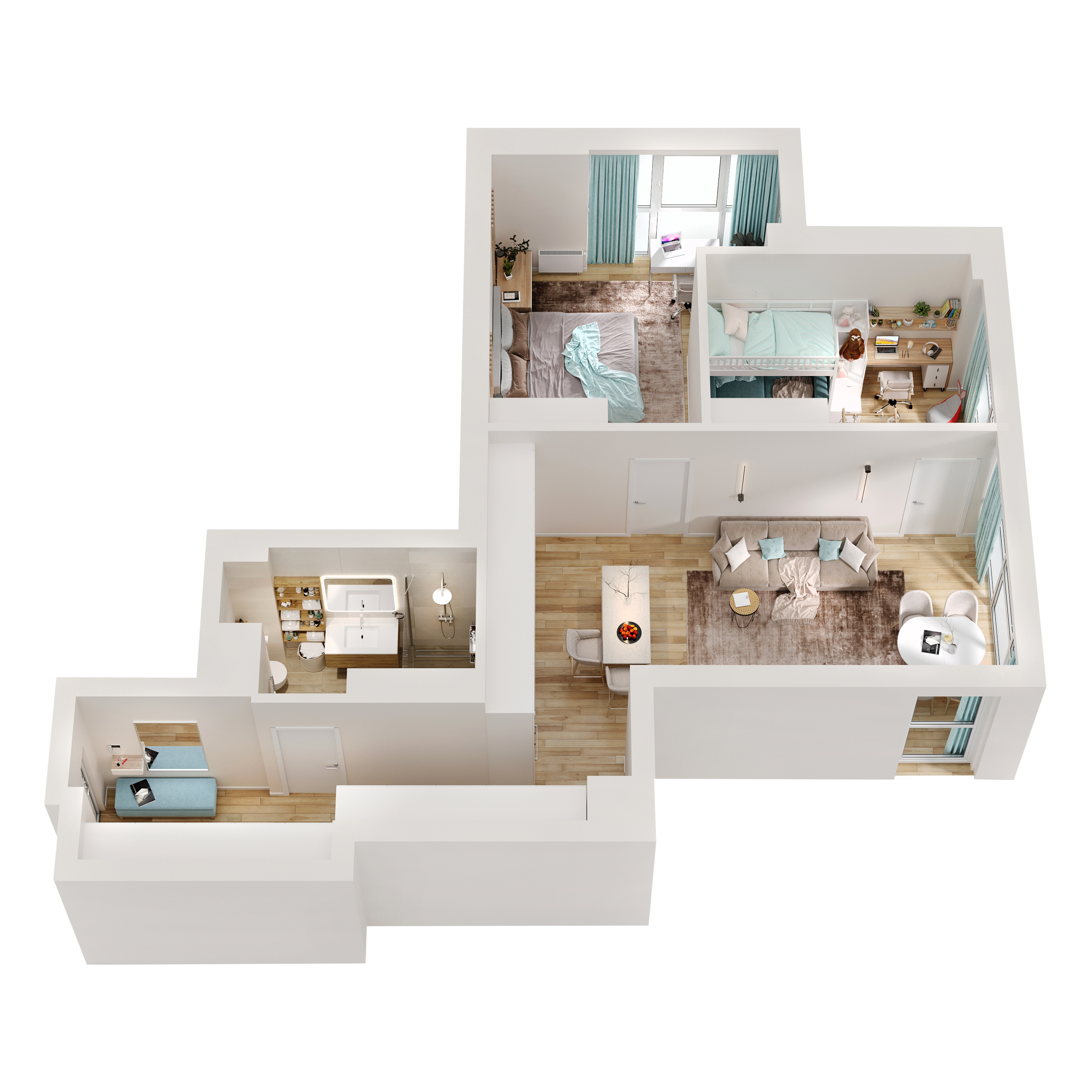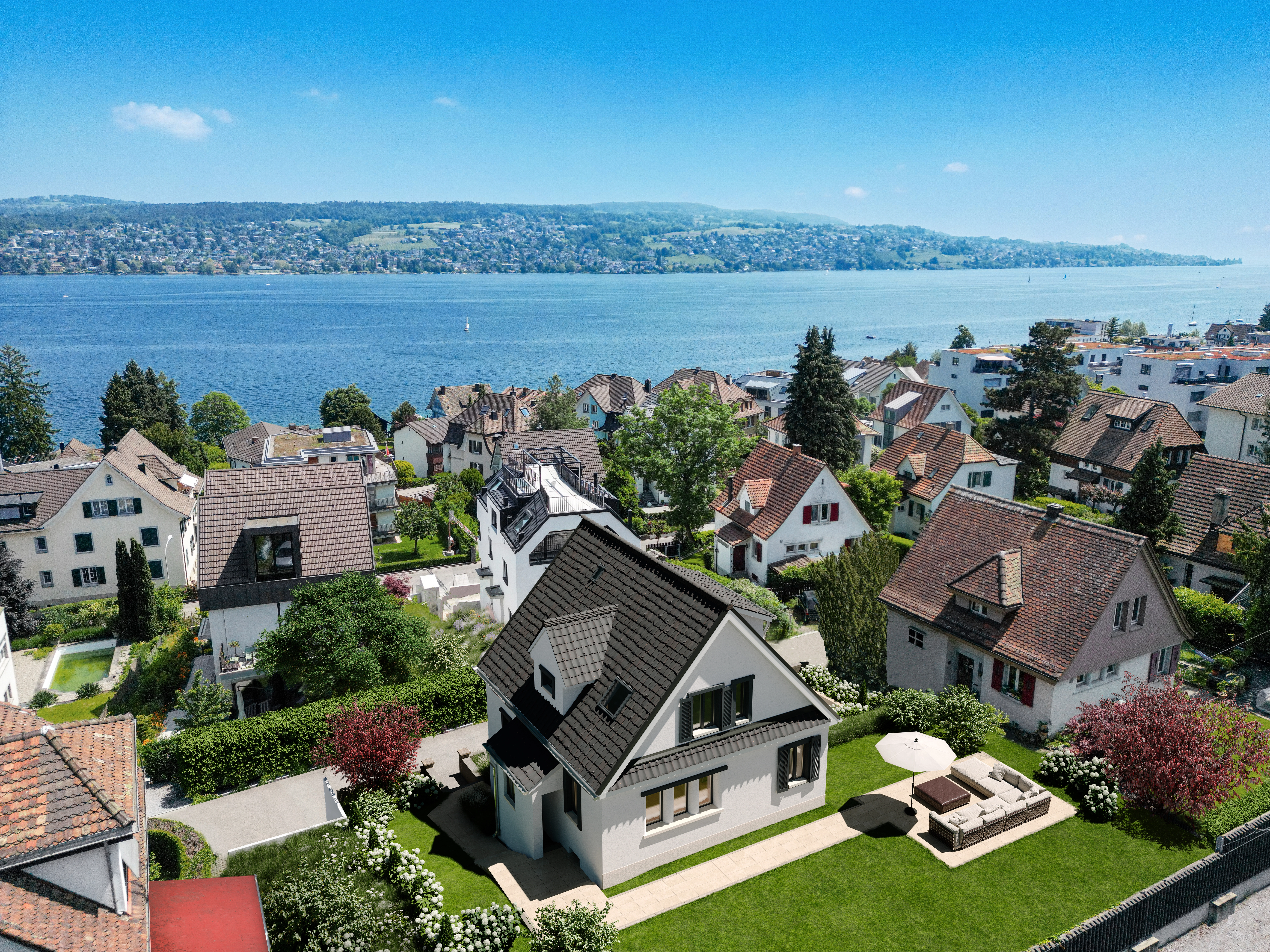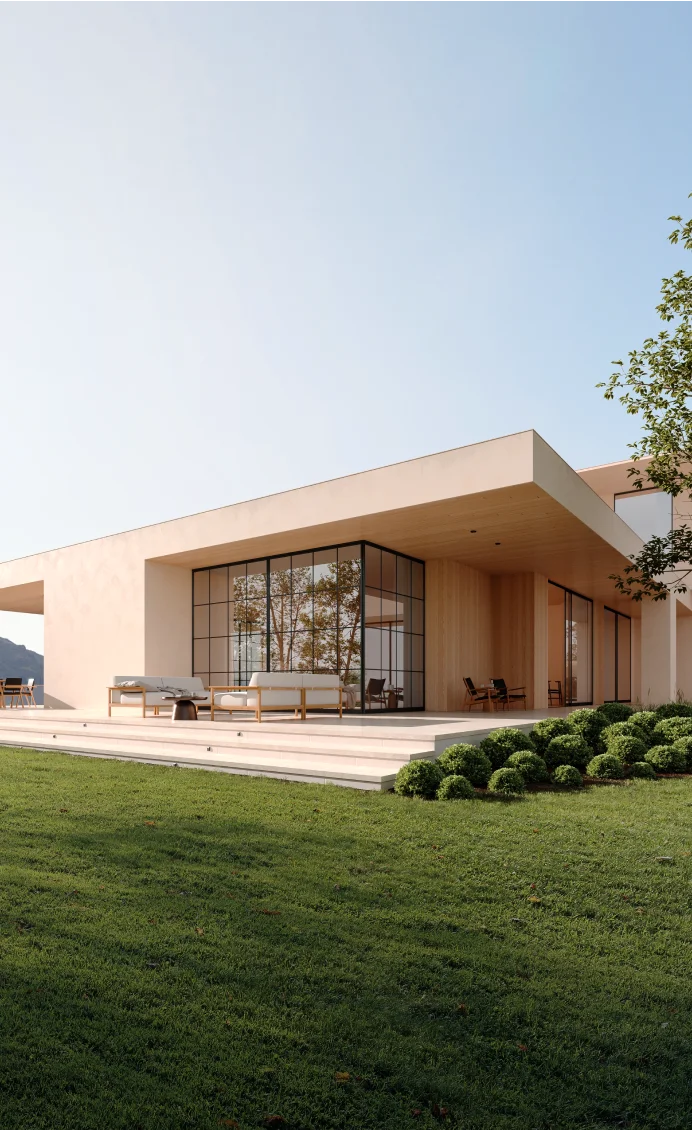In recent years, the use of 3D residential rendering has surged dramatically in various industries. Residential renderings, or the digital illustrations of architectural designs, have increasingly become a crucial part of the real estate and architecture sectors. With the advent of advanced technology, 3D residential renderings have offered a new dimension to the industry, providing life-like, immersive visuals of proposed residential structures.
A brief definition of residential rendering would be the process of creating two-dimensional images or animations showcasing the attributes of a proposed residential design. When this process is enhanced with 3D technology, we refer to it as residential 3D rendering. This advanced method allows architects, designers, and prospective homeowners to visualize the final product in a hyper-realistic, detailed manner, encouraging informed decision-making before the actual construction begins.
Evolution of Residential Rendering
Historically, residential visualization methods consisted of hand-drawn sketches and physical models, often time-consuming and lacking in detail. However, the advent of technology revolutionized this, introducing 3D renderings. These high-definition, interactive 3D models breathed life into architectural designs, providing a realistic view of the projects.
Today, sophisticated rendering software is employed by architects, contractors, and interior designers, creating detailed and accurate representations of residential properties. For real estate agents, these 3D renderings have become an indispensable marketing tool, aiding in illustrating potential homes to prospective buyers.
The utilization of 3D models in the real estate and construction industry has streamlined the design and sales process, bridging the gap between vision and reality, and revolutionizing how we perceive residential design.
The Types of Residential Renderings
Residential visualization is a dynamic field that employs different types of renderings depending on the project’s specifics, including exterior, interior, aerial, landscape, and real estate renderings. Each type offers unique benefits and contributes to a more comprehensive understanding of the proposed property.
Exterior Renderings
Exterior renderings help visualize the outside of a property, including its facade, yard, and surroundings. These architectural house renderings are commonly used by home builders and design firms to provide a photorealistic image of a house’s exterior layout before construction begins. High-level software is employed to turn blueprints into vibrant, three-dimensional representations, allowing for modifications and collaborations before committing to a physical build.
Interior Renderings
Interior designers often employ interior renderings to showcase the potential of interior spaces. These visualizations depict the finished project’s detailed views, including furniture, lighting, and decor elements. This technique is especially crucial for customer satisfaction as it allows the clients to see and adjust the design before implementation, reducing the risk of costly and time-consuming changes later on.
Aerial Renderings
Aerial renderings provide a bird’s eye view of the property, showing how the structure fits within its environment. Planning authorities frequently use these visualizations to assess a project’s impact on the local landscape. In addition, real estate agents often use aerial images for marketing purposes, as they offer potential buyers a unique perspective of the property and its surroundings.
Landscape Renderings
Landscape renderings focus on the exterior elements surrounding a house or building, such as gardens, pools, and patios. This type of rendering is essential for landscaping projects, offering an accurate depiction of the final outdoor space, helping clients visualize how their exterior spaces will interact with the architecture of the building itself.
Real Estate Renderings
Real estate renderings play a crucial role in property sales, serving as a powerful marketing tool. Real estate agents and visualization studios often collaborate to create immersive, photorealistic images of properties. These images can significantly boost sales efforts by providing prospective buyers with a tangible view of the property, enhancing their understanding and increasing their likelihood to invest. House rendering services can create an attractive and detailed portrayal of a property, helping to realize the potential of a blueprint and bring it to life in the eyes of potential buyers.
Residential visualization, whether it’s an exterior, interior, aerial, landscape, or a real estate rendering, helps create a holistic, in-depth view of a property. Through the use of advanced architectural rendering technologies, designers and architects can ensure the highest level of precision and customer satisfaction.
The Role of Residential Rendering in the Home Building Process
3D residential rendering plays a pivotal role at every stage of home construction, from initial design conceptualization to the final marketing efforts. This technology facilitates a more intuitive, interactive, and efficient home building process, bridging the gap between abstract design ideas and tangible realities.
In the conceptualization phase, 3D visualization serves as a tool for architects and designers to breathe life into their visions. They can create detailed, photorealistic models of homes, effectively transforming blueprints into vibrant, three-dimensional structures. This exterior visualization aids in identifying potential design flaws early, ensuring that corrections and modifications can be made before construction begins.
As the project moves into the construction phase, 3D residential renderings continue to be an invaluable resource. They provide a clear, comprehensive reference for builders and contractors, helping to eliminate any miscommunication or misunderstanding that could delay the project or inflate costs.
Finally, in the sales and marketing stage, 3D visualization of the finished home is a powerful tool for attracting potential buyers. High-quality, photorealistic images can be used in marketing materials, allowing prospective homeowners to visualize the property accurately. This not only enhances their understanding of the property but also elicits a stronger emotional connection, increasing their likelihood to invest.
Overall, 3D residential rendering is an integral part of the home building process, ensuring efficient communication, high-quality construction, and successful sales outcomes.
Advantages of Using Residential Renderings
Residential renderings, particularly those produced by advanced architectural rendering software, offer a multitude of benefits in the realms of real estate and construction. These compelling, photorealistic visualizations can transform how clients perceive their future homes, facilitate collaboration, enhance marketing materials, elevate property prices, and catch potential issues early in the development process.
Improved Visualization for Clients
3D house renderings provide clients with an accurate and immersive visual of their future home, giving them a whole new perspective. The ability to see an aesthetically pleasing external view of a proposed property or the interior of a 3D home before it’s built helps clients understand the architect’s vision more clearly. Architectural visualizers can meet all your needs by creating stunning 3D interior renders and exterior renderings 3D, providing a comprehensive view of the project.
Enabling Collaboration and Early Feedback
3D renderings make it easier to collaborate with clients, allowing for early feedback and changes. Architectural 3D animation helps bring design ideas to life, facilitating meaningful discussions between architects and clients. This early interaction can save time and resources, preventing late-stage alterations.
Enhancing Marketing and Presentation Materials
When it comes to marketing, there’s nothing quite as effective as a photorealistic rendering. A 3D visualization company can produce compelling CGI rendering materials, which provide a significant advantage in presentations to potential buyers and investors. The realistic portrayal of the property through home rendering services helps create an emotional connection and evokes a sense of ownership among potential buyers.
Elevating Sales Prices
A high-quality visualization service can present a property in the best light possible, highlighting its features and potential. These photorealistic renderings can elevate the perceived value of the property, often resulting in higher sales prices.
Improving Close Rates
Photorealistic renderings not only elevate property prices but also enhance conversion rates. 3D interior rendering and other visual materials make real estate listings more attractive and comprehensive, leading to quicker sales. This is why it’s crucial to choose a 3D visualization company that can deliver high-quality, convincing renderings.
Catching Issues Early On
3D renderings can also help identify and resolve potential design or structural issues early in the process. By visualizing a project in 3D, architects and builders can spot and rectify problems before construction begins, leading to cost and time savings.
The benefits of residential visualization extend beyond just a more attractive presentation. They bring value to all aspects of the real estate and construction process, from design development and collaboration to marketing and sales. When effectively utilized, residential renderings can result in significant time and cost savings, improved customer satisfaction, and ultimately, successful projects.
The Utilization of 3D Renderings in Different Real Estate Roles
The application of 3D renderings extends across various roles within the real estate industry, each harnessing its unique benefits. Architects use 3D renderings to visualize different architectural visualization styles, enabling them to assess and adjust the design, highlight the best angles, and share their vision with clients and contractors efficiently.
Contractors and builders benefit from these renderings by having a clear, accurate model to reference during construction. Real-time rendering can also facilitate adjustments on the fly, ensuring the final product aligns with the design.
Real estate agents utilize 3D visualizations for marketing purposes. High-quality, photorealistic renderings can attract potential buyers by providing a comprehensive, immersive view of the property, which traditional 2D images cannot capture. This visual aid can substantially enhance their sales pitch, aiding in quick decision-making and improving client satisfaction. Overall, 3D visualization is transforming the landscape of real estate, promoting efficiency and effectiveness across all roles.
Final Thoughts
The advent of 3D residential rendering has revolutionized the real estate, design, and construction industries. As highlighted in this article, 3D renderings provide a wealth of advantages, ranging from improved visualization and collaboration to enhanced marketing materials, elevated property prices, and increased conversion rates.
By employing 3D visualization, professionals can present complex architectural designs in an easily understandable, highly detailed, and aesthetically pleasing manner. These photorealistic images offer a comprehensive view of the proposed project, ensuring all stakeholders are on the same page and enabling potential issues to be caught early in the process. Moreover, these renderings can serve as powerful marketing tools, attracting potential buyers and encouraging quick decision-making.
As the importance and benefits of 3D residential visualization continue to become more apparent, it’s increasingly vital for professionals in these fields to consider integrating residential visualization into their work processes. Partnering with a proficient 3D rendering company like Fortes Vision can be an excellent way to leverage this technology. Our expertise in creating realistic, high-quality renderings can help bring your architectural vision to life, boost your marketing efforts, and ultimately, contribute to the success of your projects. Embrace the future of design and construction with 3D residential visualization, and let Fortes Vision guide you through this transformative process.

